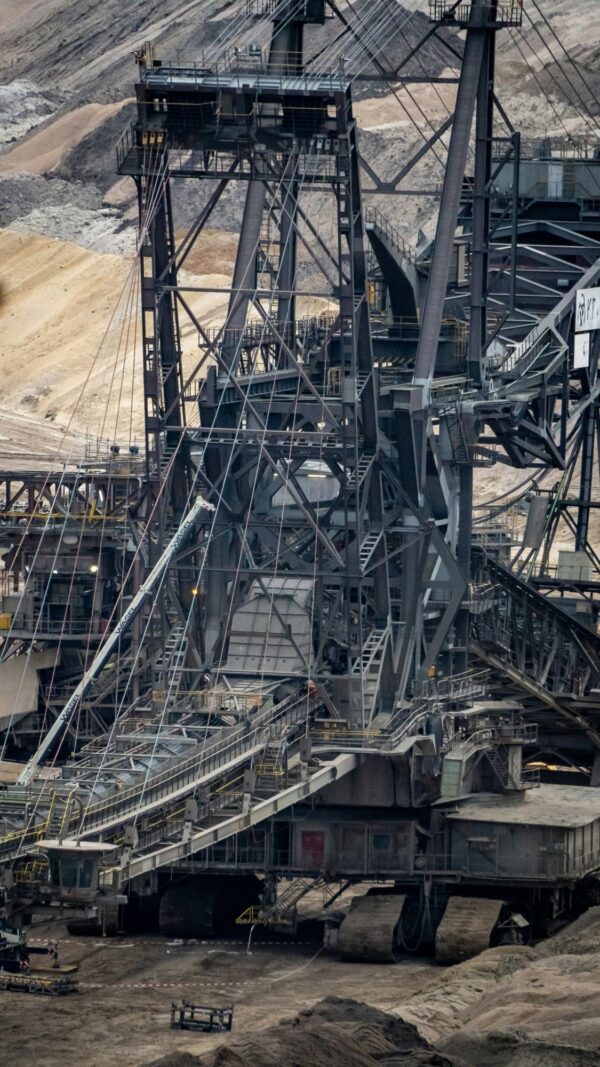When will global greenhouse gas emissions peak?
Authors
Claire Fyson, Neil Grant, Nandini Das, Victor Maxwell, Carley Reynolds, Joeri Rogelj, Carl-Friedrich Schleußner, Olivia Waterton.

Reaching peak global greenhouse gas emissions – the point at which emissions stop growing and start falling – will be a crucial inflection point for the world. Instead of speeding in the wrong direction, we could finally say we’re making the turn towards our collective climate goals.
The IPCC says peaking before 2025 is a critical step to keep the 1.5°C limit within reach. With emissions set to rise in 2023, this leaves limited time to act. To assess if we can meet this milestone, we look at when global emissions might peak, as well as what we can do to get there in time.
In this report, we find there is a 70% chance that emissions start falling in 2024 if current clean technology growth trends continue and some progress is made to cut non-CO2 emissions. This would make 2023 the year of peak emissions – meeting the IPCC deadline.
The continued explosive growth of wind and solar in particular would push fossil fuels out of the power sector, leading to peak coal in 2023 and peak gas in 2024. Meanwhile, continued growth in electric vehicles could lead to peak oil in 2025.
Our analysis looks at three scenarios. The first (baseline), combines the IEA’s current policy projection – which shows global fossil CO2 emissions peaking this year – with an assumption that other gases continue growing at current rates. In this scenario, global greenhouse gas emissions enter a long-term plateau, even if fossil CO2 emissions peak.
Our second scenario (low effort) continues to use the IEA’s projection for fossil CO2 but assumes internationally agreed targets to reduce hydrofluorocarbons are met, and low-cost, no-regrets action is taken to cut other non-CO2 emissions over the coming years. In this scenario, emissions peak in 2025, narrowly missing the IPCC’s ‘before’ 2025 milestone.
Our third scenario, and focus of this report, (continued acceleration) looks at what happens if current growth trends in wind, solar and electric vehicles seen at the regional and national level are maintained – with country-level analyses conducted for China, the US, the EU, India and Brazil. It also assumes signatories to the Global Methane Pledge make adequate progress towards achieving the collective target.
This is the only scenario which meets the IPCC milestone, peaking in 2023 with a high confidence (70%) when accounting for year-to-year emissions fluctuations.
IEA current policy projections tend to be conservative when compared to actual wind and solar growth data. To adjust for this, the continued acceleration scenario follows an S-curve which emulates the explosive growth of maturing technologies. This shows a faster decline in CO2 emissions compared to the IEA’s scenario and results in around 2.5 times more renewable capacity in 2030 than today.
In the continued acceleration scenario, the rapid scale up of zero-carbon technologies begins to outstrip growth in energy demand for the first time, causing fossil fuel demand to peak and start falling. With peak coal, oil and gas on the near horizon, any expansion of fossil fuel production represents a huge stranded asset risk and could slow the energy transition.
Our analysis focuses on four key actions governments can take over the next two years to peak in time. Getting behind the success of wind, solar and electric vehicles is the most powerful in terms of emissions savings, followed by concerted action on methane (Figure ES2). Other key actions, including the rapid rollout of heat pumps and energy efficiency improvements, were not assessed due to data availability but would bring emissions down even faster.
Peaking emissions on its own is not enough to limit warming to 1.5°C. In the continued acceleration scenario, global emissions fall 10% by 2030 relative to 2019 levels – less than a quarter of the way towards the 43% cuts the IPCC says is needed to keep the Paris Agreement goal within reach. Although a key milestone, a global peak must be followed by a sharp and sustained fall in emissions over the following years.
By 2030, we will need to triple renewables, double energy efficiency, accelerate the electrification of energy demand sectors, halt deforestation, and slash methane emissions by over 30%. Global clean energy investments need to be ramped up 2.5-fold, with greatest increases happening in emerging economies. New fossil fuel production plans will need to be axed, with fossil fuel production falling around 40% over the decade on the road to a full, fast and fair fossil phase-out.
At COP28, it is more important than ever that governments follow the science. A commitment to peaking global emissions before 2025, alongside the above actions urgently needed this decade, would show that governments are serious about keeping the 1.5°C limit in reach. The race to peak emissions is ours to lose, but it’s also a race we can – and must – win.











